ProView – Edelrid Swift Protect Pro Dry 8.9mm
The Edelrid Swift Protect Pro Dry 8.9 is a rope like none other. If you’ve ever paused before a desperate move to look back at your rope going over a sharp edge and then opted to pull on gear, this is the rope for you. This triple-certified rope is the first ever to incorporate aramid fibers (think Kevlar) into the sheath to significantly increase the cut resistance of the rope. In fact, Edelrid claims that it has about twice the cut resistance of a traditional rope construction, or in other words about the same as a 10mm thick rope. What I’m saying is that this skinny rope is the ultimate alpine climbing rope, but I’m looking forward to using it for just about everything.
Edelrid Swift Protect Pro Dry 8.9mm
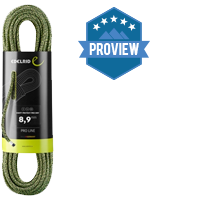
Product Description: The first dynamic single rope with a sheath that includes aramid, for markedly increased cut resistance. Thanks to a special processing method, the Swift Protect Pro Dry remains dynamic. Despite reinforcement with aramid and the overall higher sheath content, the impact force remains within the required standard. These characteristics make the Swift Protect Pro Dry the ideal lead climbing rope and the perfect companion for alpine climbing and mountaineering.
Offer price: MSRP: $269.95 - $309.95
-
Quality
(5)
-
Durability
(5)
-
Performance
(5)
-
Features
(4)
Summary
The Swift Protect Pro Dry 8.9 is a rope like no other. A first of its kind, it features aramid fibers in the sheath to make it as cut-resistant as a 10mm traditional rope. It is the perfect rope for all alpine climbing or anytime you’re climbing on particularly sharp rock. It’s triple certified for single, half, and twin use and features a dry treatment that exceeds the UIAA standard, making it perfect for all-mountain missions.
Overall
4.8Pros
- Increased cut resistance
- Great Handling
- Durable
- Versatile
- Looks great
Cons
- Wish that it came in a bi-pattern
Although I have some grand future plans for the Swift Protect, due to limitations on travel I mainly used it for sport climbing around Central Oregon. Although it didn’t give me the opportunity to practice the “one climber on one side of the knife ridge, one climber on the other side and see if the rope holds” test it did allow me to test the more questionable parts of the rope. Like, did adding this ultra static fiber make the rope catch a fall like a steel cable? How did the aramid fiber affect the handling? How will the sheath wear? Is this rope a one-trick pony? How does it hold up to the non-Protect version, the Swift Eco Dry 8.9? So let’s find out.
Performance
The Swift Protect Pro Dry 8.9 performed wonderfully right out of the package and only got better with use. Edelrid packages their ropes with a unique 3D Lap Coiling method so that the rope can be pulled out of the rope and immediately climbed on. So, of course, I took them up on their challenge. The rope fed easily out of the package, as promised! Although admittedly it took a bit of extra attention, so I’d probably just take their word for it in the future and unpack a new rope before climbing.
Overall, the handling of the rope was really spectacular. The first couple of days of climbing, it felt a bit stiff, but it quickly broke in. The 8.9mm rope felt quite a bit thinner than other ~9mm ropes that I have used. However, at 53 g/m and 36% sheath, it’s actually right around the middle of the pack compared to other ropes in the same size category. And it felt great in all of the belay devices that I tested it with (Jul 2, MegaJul, GriGri 3, ATC Guide). The interesting part of the handling is that the aramid gives the rope a lot of grip when you’re actually grabbing it. I’m looking forward to this during quick belays on long simul missions or even quick Munter belays in the mountains.
Now how about that catch. Aramid fiber, although very cut resistant, is also ultra static. Edelrid has figured out some sort of magic to weave it into this dynamic rope, and not lose the dynamic properties. But I rarely trust UIAA test numbers in real life, so I put it to the test with some big whippers. As I already owned the Swift Eco Dry 8.9 (the same rope without the aramid), I was able to get a direct comparison. I was happy to find that I honestly couldn’t tell the difference on lead falls. Where I noticed a huge difference was on top rope falls. The rope felt like it had significantly less static elongation, than the Swift Eco Dry, which was interesting (5.5% vs 9.0%). And honestly, I kind of preferred it. Although Edlerid, like most manufacturers, doesn’t recommend their skinny lines for top roping or working projects.
I only had the chance to climb single pitches on the Swift Protect, but I wanted to see how it would hold up to abuse on bigger climbs. To put some wear on it, I spent some time jugging and single rope rappelling the rope. The rope was over a small edge to see if it would develop any noticeable wear. I’m happy to say that it did not. The aramid fibers do all get a little fuzzy after just a few days of use, which Edelrid has said is normal and will stabilize quickly for the reminder of the life of the rope. With that said, I’m definitely looking forward to this being a great lightweight option for big walls, too.
Room for Improvement
If i have any criticism of the rope, it’s that it is only available with a double black middle mark. For a rope in the mountains, I love using bi-patterns for quicker, more stupid proof rappel setups. However, I understand that bi-patterns make the cost go up, and likely add in more complications to the construction of an already complicated rope. I also found very few options from other manufacturers for a ~9mm bi-pattern. I’d also love to see this construction in a thicker rope, specifically for big wall climbing. I mean what could be better for peace of mind than a 9.8mm rope with the cut resistance of a 12mm rope?!
The Final Word
Overall, the Swift Protect Pro Dry 8.9 blew my mind. There is nothing else on the market like it, and I can’t believe that it took rope companies this long to figure something like this out. Since I’ve started climbing, rope innovation has mainly involved them just getting incrementally skinnier. As a gear nerd, the introduction of aramid has me really excited about what the future of climbing ropes will look like. I would recommend it to anyone that is looking for the ultimate alpine climbing rope, with the greatest amount of built-in safety available in such a lightweight package. But I would also recommend it to anyone who sport climbs in an area with particularly sharp rock or just wants that added level of cut resistance. It’s currently available in 60 and 70m lengths, with 80m available in North American in 2021.
Shop Edelrid Swift Protect Pro Dry 8.9mm on Outdoor Prolink. Not a member? Apply today!
About the Gear Tester
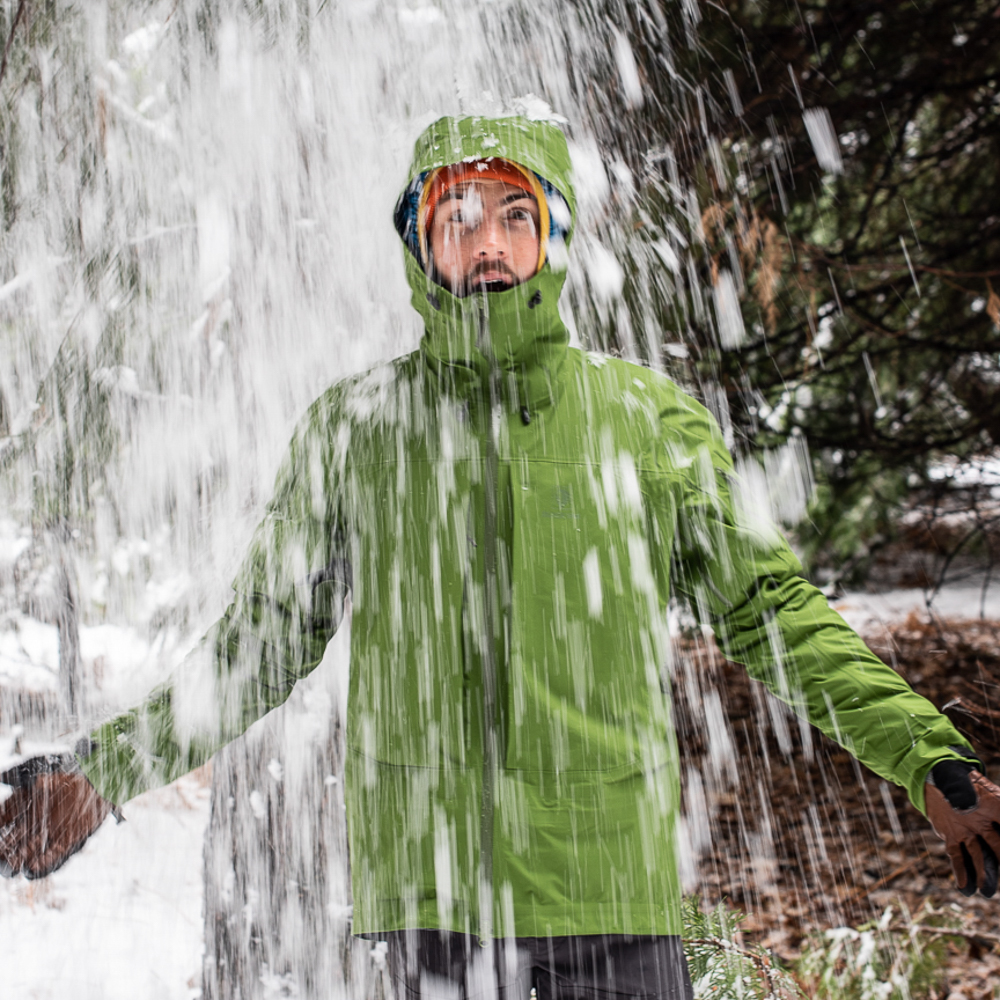
Tyler Gates
Tyler Gates has been in the outdoor industry for close to half his life now. With that time spent between slinging gear, professional photography, guiding, and instructing. East Coast born and raised, he’s now called most of the American West home at some point. Currently, he lives between Smith Rock and the Cascade mountains, trying to divide his time between climbing, skiing, and mountain biking.

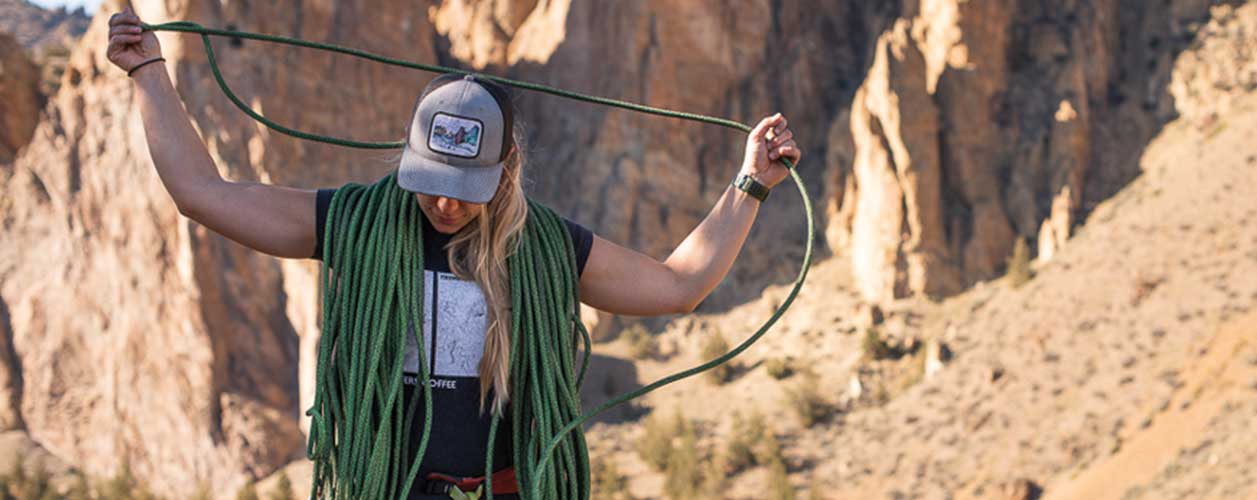
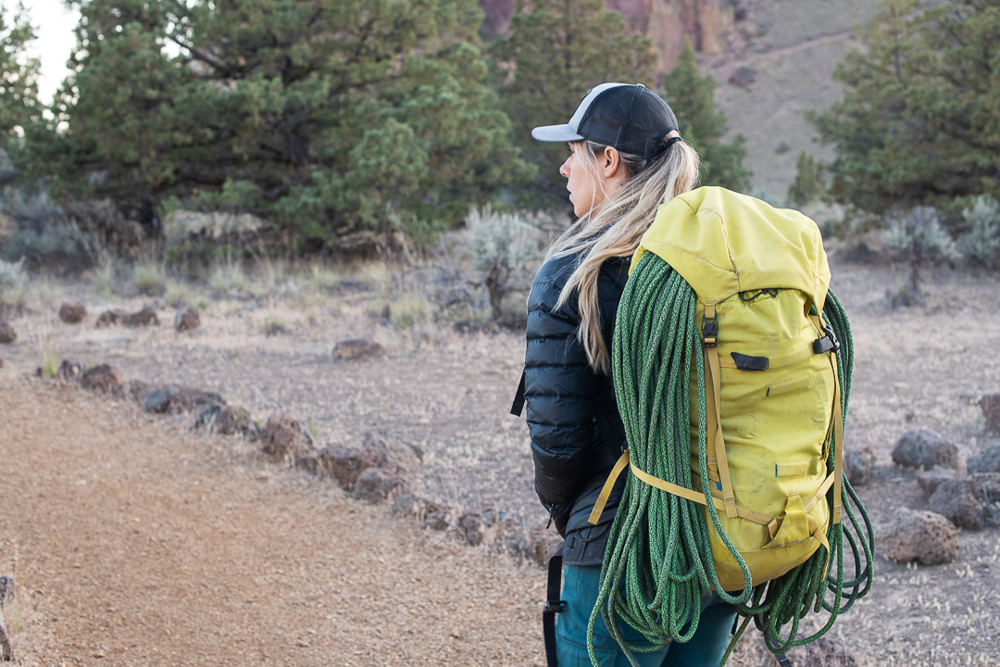
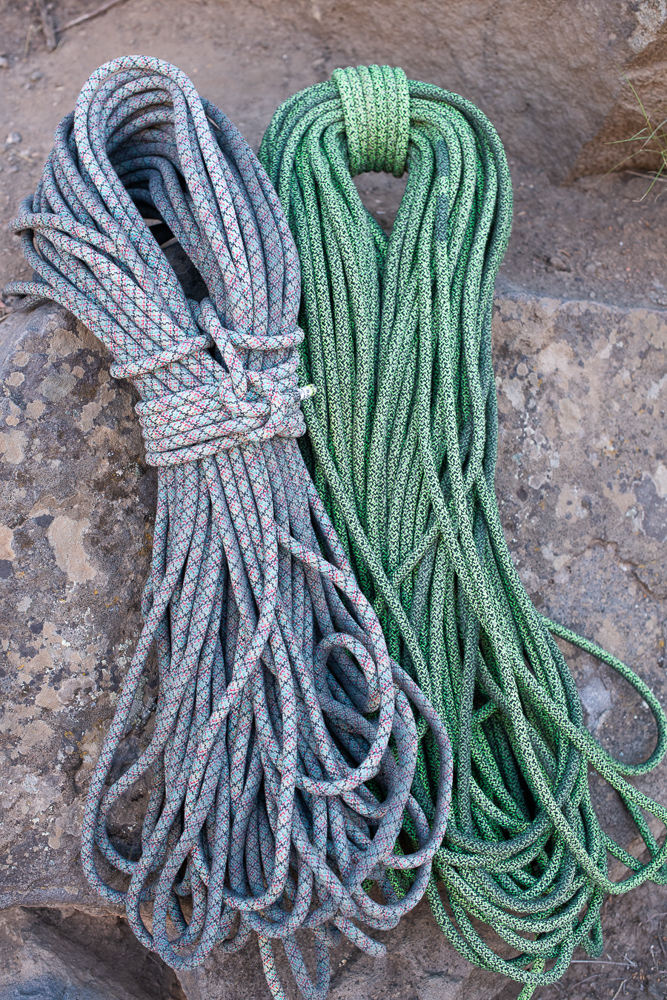
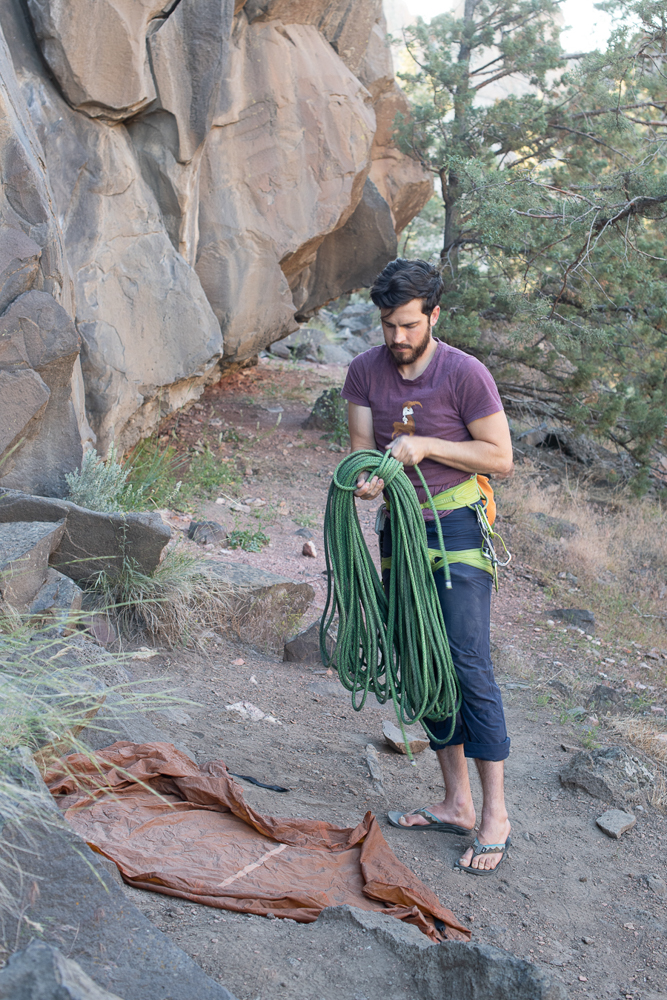
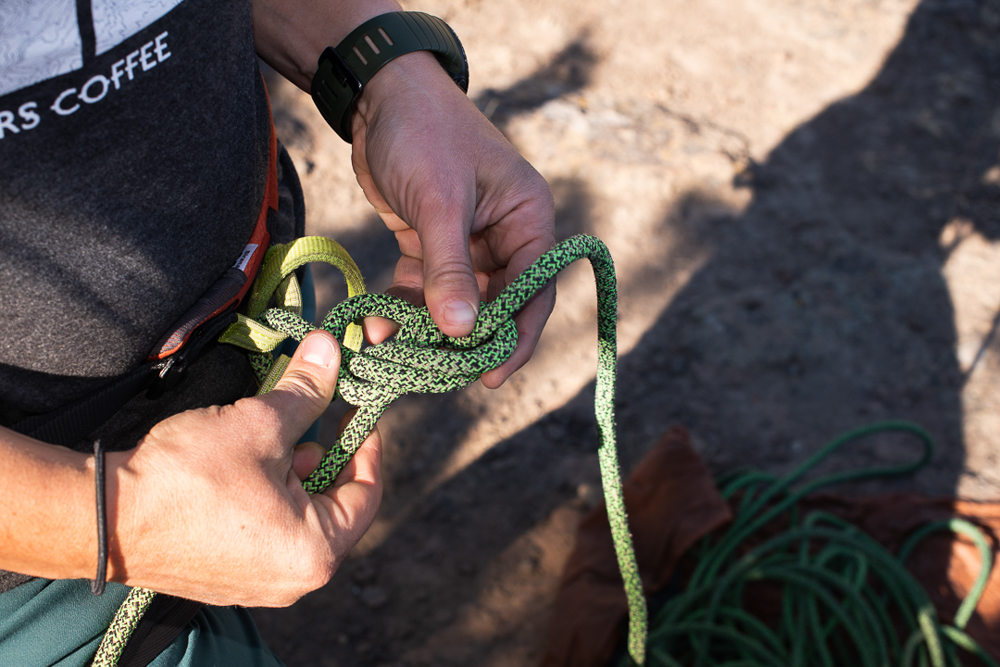
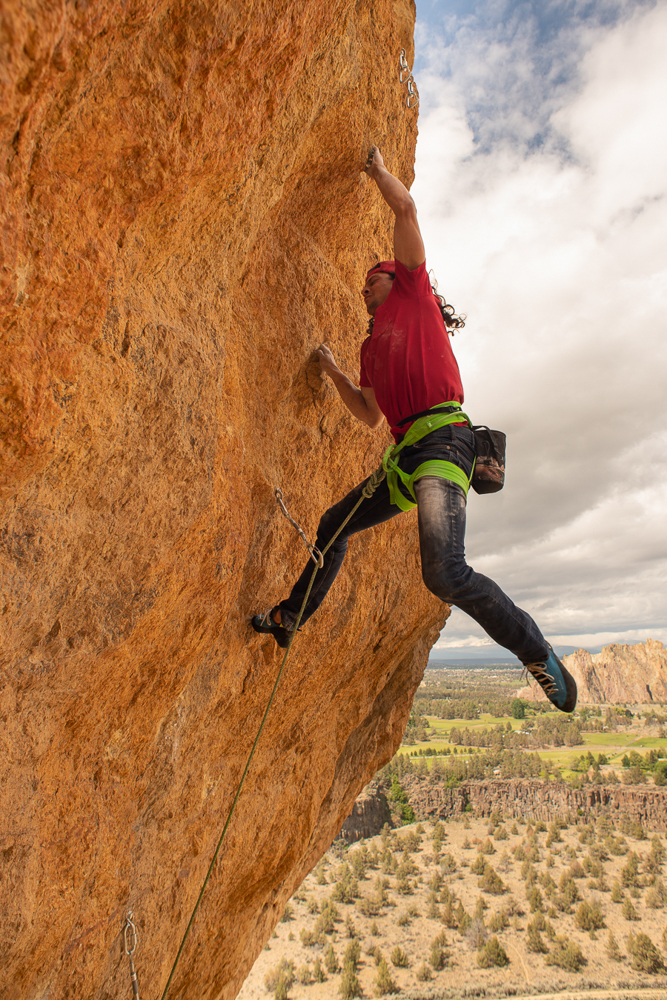
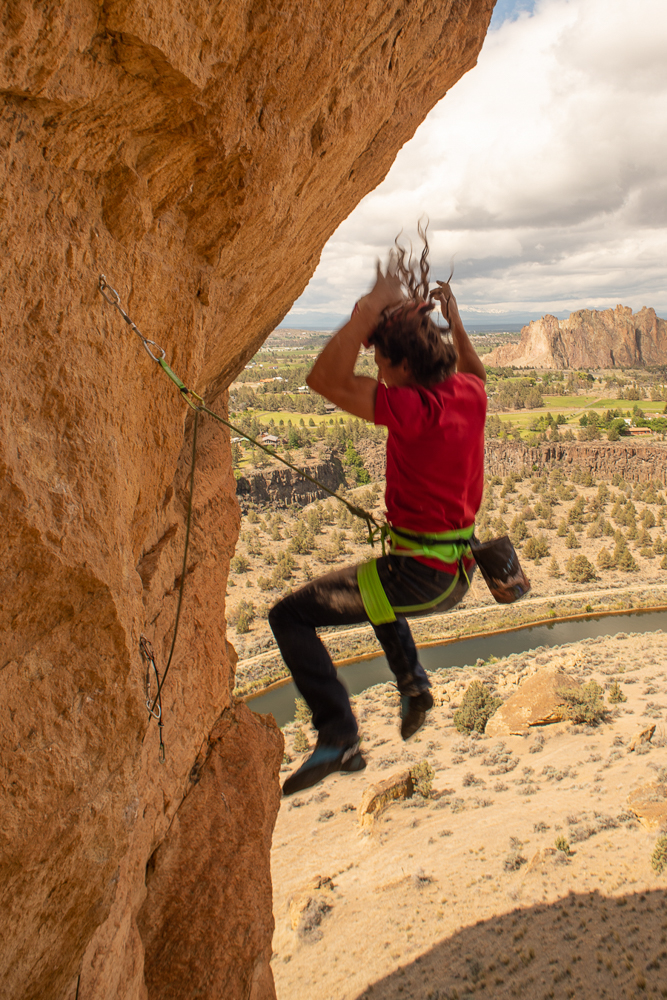
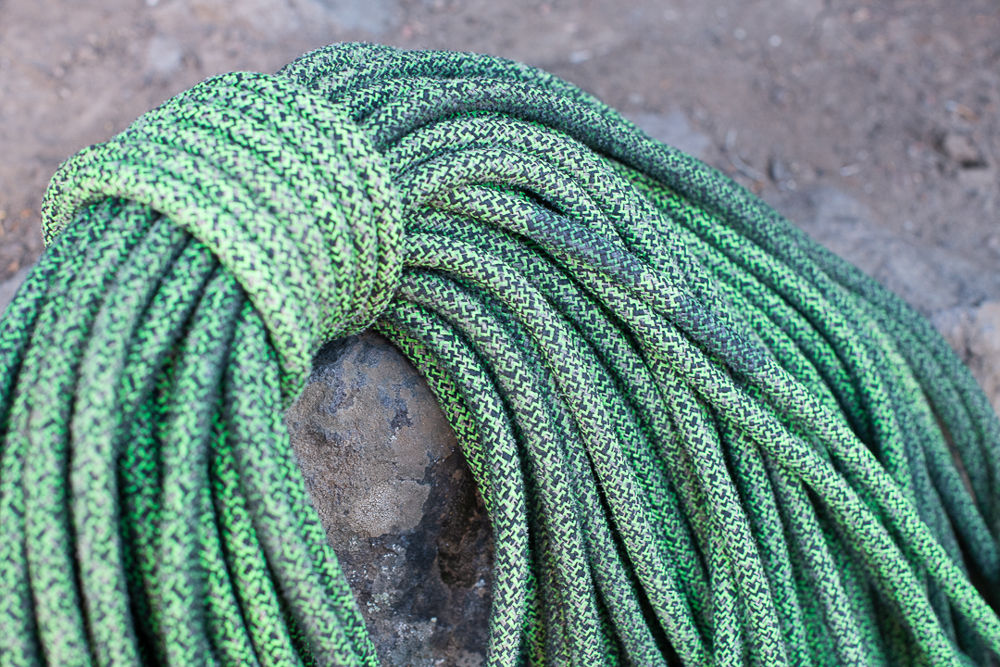
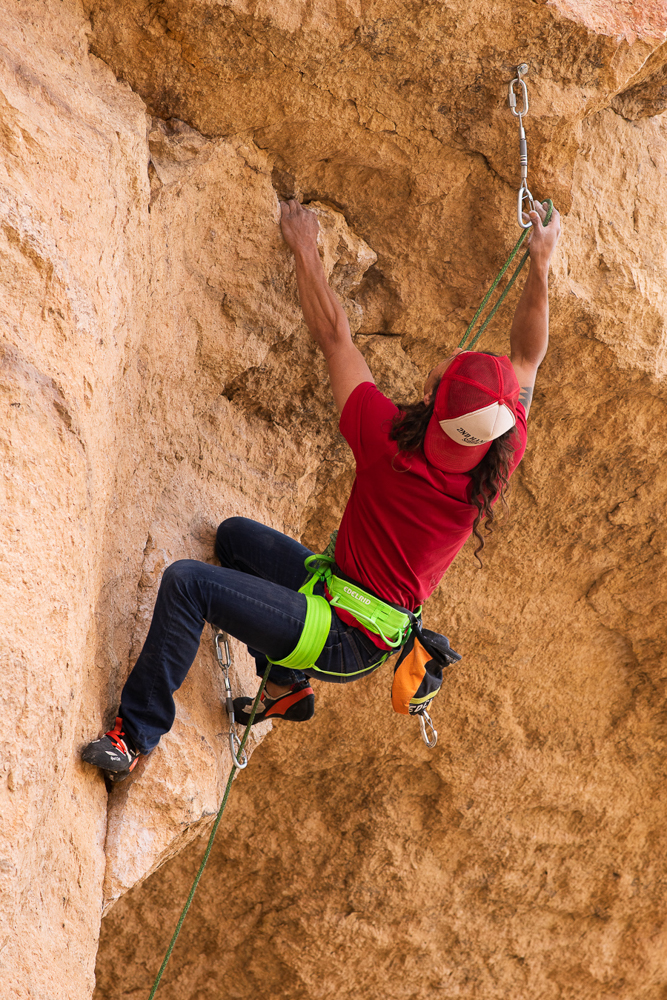





Good morning. I’ve been using my new rope for three days in mont blanc range, granite. While rappelling down on this rope (coupled with a Beal Joker), I noticed that the aramide ropelet I used as a backup in rappelling down (vertical 50 metres rappel) got burned in the sheath. Same thing for my climbing partner. Have you experienced that? I’m going to contact Edelrid about this issue. For me, a rope where I can’t tie a prussik, is not a rope you can use in the real world! And, we were using an aramide ropelet. What would happen with a “standard” nylon ropelet? Would it melt it completely?
Other than that, it has a very nice handling in ridge climbing, the extra grip from aramide fibers is great both in hands, both in the desired friction between rock and rope.
The “little fuzzy after just a few days of use” of the aramide fibers makes me worried. The joker we used in the same day looks new, as out of the shell; this Edelrid looks already old. I hope this stabilized with time.
Hi Fabio, I’m curious about the burned sheath on the aramid backup cord. Admittedly, every time I rappelled with the rope, I didn’t have a backup, as I usually use the MegaJul is the assisted break mode. From my understanding, the aramid fibers do have more friction than nylon, which could cause more heat, but the aramid also has a significantly higher melting point. Actually doing a quick Google search it looks like aramid is almost double the melting point (about 500°C vs 270°C). So I’m curious if your aramid ropelet is 100% aramid, or a mix. Next time I go out, I’ll do some rappels with my standard nylon prussik and see what happens.
As for the fuzz of the aramid in the sheath, I actually talked to the Edelrid Product Manager, and he was the one that assured me that this was normal for the aramid and will stabilize. It shouldn’t be compared to a regular nylon sheath, because the aramid just behaves differently. I’ve been using mine for about 3 months now.
Thanks for reading the review and contributing your experience! I’m sorry that I completely missed testing it with a backup on my rappels. I’ll post my feedback here after I get a chance to try it out. And I’ll look forward to your long term feedback.
Hello there, I contacted Edelrid, they called me back and are investigating the issue. Not being used the rope lately, unfortunately.
Over a year later now and I am still loving this rope! I’ve been using it almost exclusively for the past year and it is still in great shape. My only regret is that once the rope gets dirty, it’s difficult to see the middle mark. After cleaning it, I used a rope marker to make it easier to find. But this truly seems like the start of a new generation of ropes and I can’t wait to see where it goes!
Hi Tyler,
I’m curious to see how you think this rope has been holding up after more than a year and a half. Have you used it on any alpine climbs to see its performance with hip belays, munters, and short roping? How has the fuzziness been after this long? I’ve also heard that this rope gets twists/kinks a lot easier; have you noticed that with this rope? Lastly, do you feel like it has a longer lifespan than a similar rope like the Beal Opera? Thanks!
Hi Grant, I’ve been really happy with how the rope has held up. I used it almost exclusively for a year and it held up great. I did use it on several alpine climbs, although I never use it for hip and munter belays. I did use it for short roping w/ plenty of feature/terrain belays, and it was great. I’m actually considering cutting it down to a 40m for this season for just such an occasion. As for fuzziness, as I had read, the aramid fibers fuzz up pretty quickly out of the gate, but then stabilize there for the remainder of the life of the rope. The nylon yarns are fuzzed up as expected for the amount of use that I’ve put it through. Overall, I think the rope looks great for how many pitches I have on it. The only Opera that I’ve owned didn’t last very long at all, so this one has definitely outlasted it. The Opera was a lot more soft and supple, likely due to the lack of aramid fibers, but I’ve never had an issue with the stiffer handling of the Swift Protect. My biggest take away from the Swift Protect is the amount of faith that I had in the rope in the alpine, and even in a few sport climbs that are poorly bolted around aretes. Any minor trade off is totally worth it. I’ll definitely buy another one after this one finally dies.